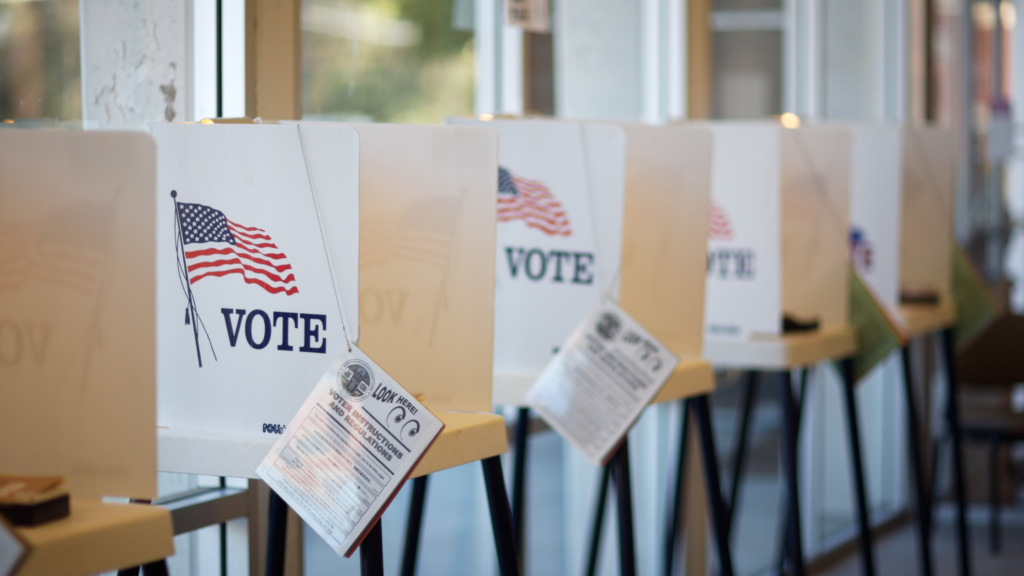By Lukas Pietrzak, Policy Associate
Over the last 244 years, our country has worked to form a more perfect union through the greatest right afforded to American citizens: the right to vote. For most of modern history, everyday Americans have shared in the practice of heading to their local polling place on the first Tuesday of November, election day. We all recognize the image of someone walking into their booth, marking the ballot, and walking out with an “I Voted” sticker. This year, thanks to the pandemic, our storied democratic process will look slightly different.
As the COVID-19 pandemic loosens its grip on the nation, local boards of election and municipal officials are working to revamp election day plans. Nationally, elected officials, advocates, and local governments are urging citizens to #PlanYourVote, encouraging voters to determine how they plan to cast their ballot on or before election day.
Residents with a reliable internet connection will be able to go online to get information on the processes and regulations for their locality. However, millions who do not have reliable, high-speed connectivity, will have to search for other ways to stay abreast of fast-changing developments in polling locations, expanded mail-in and early voting, updated voter ID laws, and registration issues.
For the almost 20 million Americans without affordable and reliable access to broadband, staying plugged in to an election is more difficult than ever. Before the pandemic, the disconnected could turn to libraries, schools, and in-person resources to register, request a ballot, and clarify contradictory information. However, in the present moment, those voters have limited information and fewer options as many government agencies and voter help centers have migrated services online.
Election day requirements are developed far in advance, but the COVID-19 pandemic has disrupted those plans. Naturally, residents who are struggling with connectivity may require additional assistance from community leaders to get information for this election cycle. For example, early voting has started in multiple states across the country. States have begun mailing absentee ballots. The updated information on participating in the process is primarily available online, meaning that unserved and underserved communities will have to rely on chance interactions with news outlets and other community members instead of being able to verify information online.
Broadband allows every member of a community to participate in democracy and municipal leaders are aware of how the digital divide could impact, and possibly disenfranchise, voters in their communities. This election cycle is another reminder of why widespread broadband access simply cannot wait.Amidst these unprecedented times.

